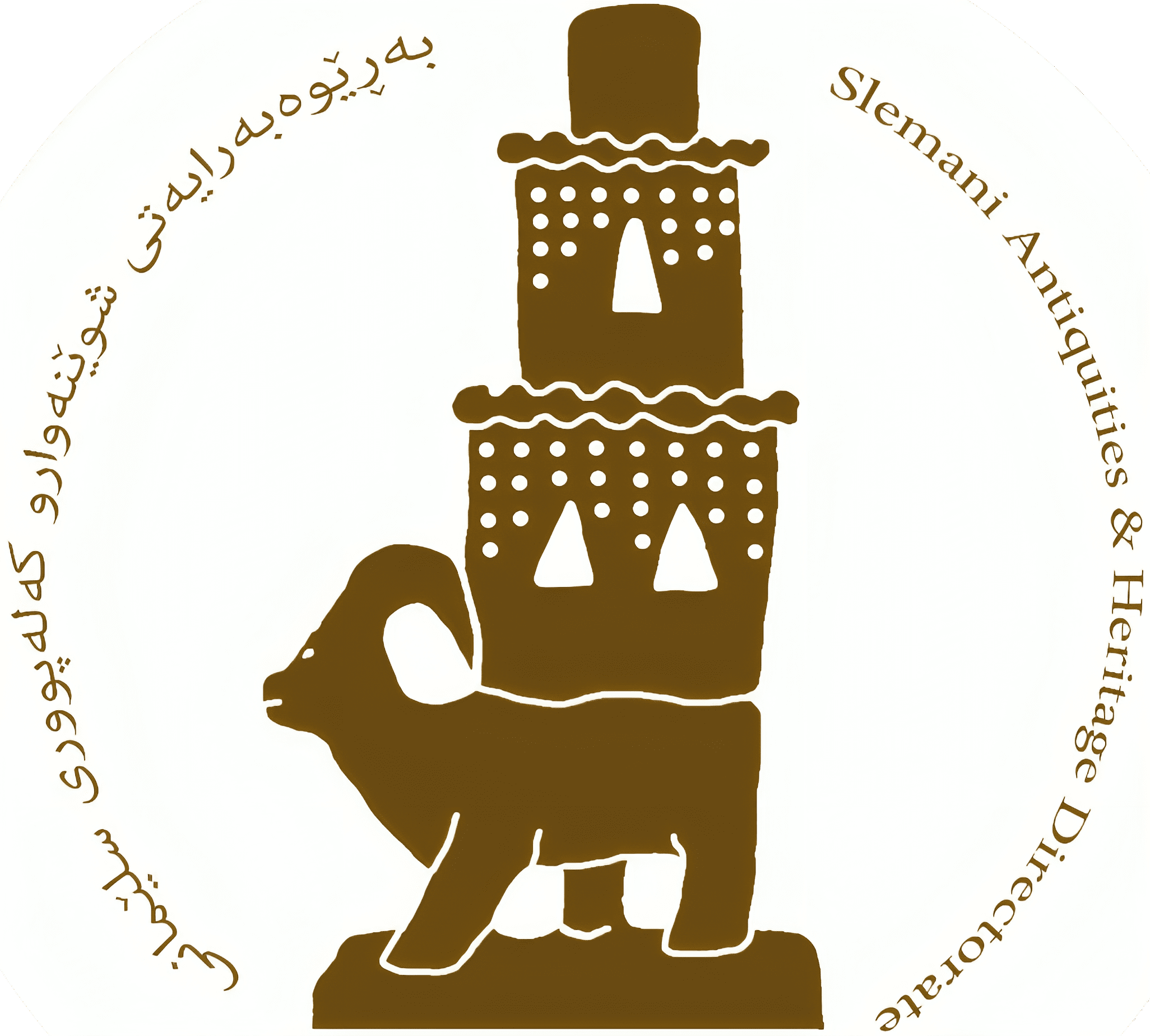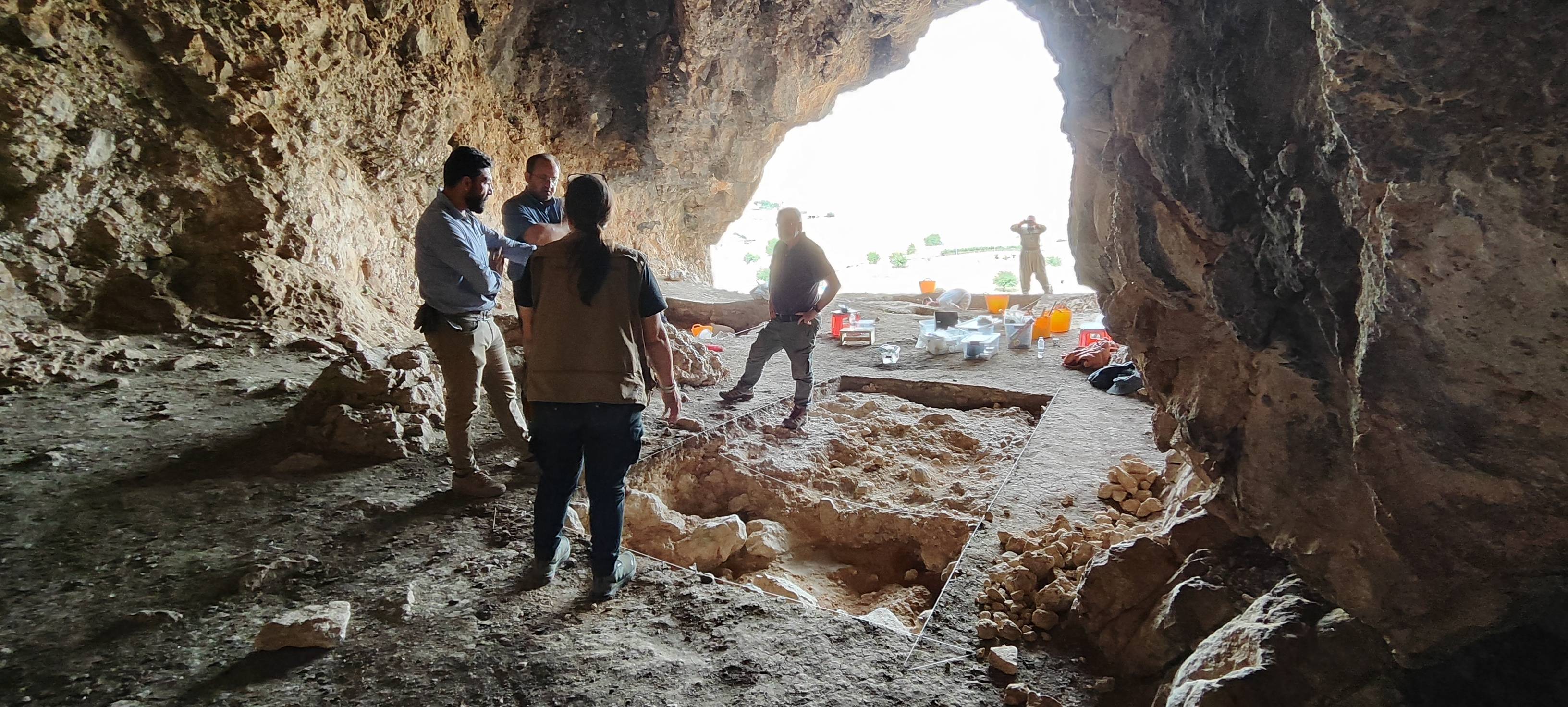Slemani Antiquities and Heritage Directorate

Slemani Antiquities and Heritage Directorate
It's one of the Kurdistan archaeological institutions in Kurdistan and Slemani, Administratively, it is affiliated with the General Directorate of Antiquities and Heritage in the Kurdistan Region in the structure of the Ministry of Municipalities and Tourism.
The museum was established on July, 14 1961 in a small house in the locality of Shorsh formerly, but currently its name is Aqari locality. The first director of the Slemani Museum was the late (Rafiq Fathullah).
Obviously, this directorate develops its annual plan and strategy within the framework of the work of Kurdistan Regional Government in several directions and objectives, as follows:-
Protecting cultural and archaeological sites and continuing its scientific works (surveying excavation, restoration of cultural houses, archaeological mosques, castles, etc...), in order to write the correct facts and correct history for Kurdistan. It has organized its work in two lines:
(The first line is surveying, archaeological and cultural work.-the second line is museum), so that
A-local teams have excavated in dozens sites, Slemani has become a ball of archaeological work for Kurdistan and even Iraq, and so for this they want to bring their theoretical and practical work to every street and center in the world.
B- According to UNESCO, Slemani museum is the first largest museum in Kurdistan and the second museum in Iraq after the national museum of Baghdad in terms of building area and the presence of many rare unique objects. Every year, the museum is enriched with archaeological artifacts and pieces, new galleries, new showcases and exhibitions of new pieces due to the work of local and foreign teams.
It is worth to mention that the directorate currently consists of the following departments:-
- Administration section.
- Museum.
- Accounting.
- Department of Law.
- Excavation and Heritage.
- Engineers section.
- Audit section.
- Mech workshop.
- The library.
- Storage.
Email : [email protected]



